Fenugreek plant, medicinal properties, chemical composition, use and contraindications
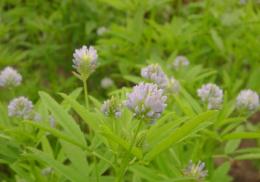
Almost all modern medicines come from plants, both wild and cultivated. A typical example of such a plant is fenugreek, the medicinal properties of which have been known since the times of Ancient Egypt and Hippocrates.
Content:
- Description of the fenugreek plant
- The chemical composition of fenugreek and its beneficial and medicinal properties
- Rules for harvesting fenugreek plants for use in folk medicine
Description of the fenugreek plant
Genus Fenugreek - annuals herbaceous plants belong to the legume family. The most famous and popular type is fenugreek. It has several names that are accepted in a variety of countries. After all, fenugreek grows in many European countries, in Asian countries, in the Caucasus and in some African regions.
In many countries, fenugreek is grown as an edible and medicinal crop. Fenugreek is planted both on an industrial scale and in personal gardens. In the Russian version, the name fenugreek is associated with the pasture on which cattle are grazed. The name Greek hay may have come from the fact that Greek cattle farmers added fenugreek to cow feed to improve its quality and the quality of the milk.
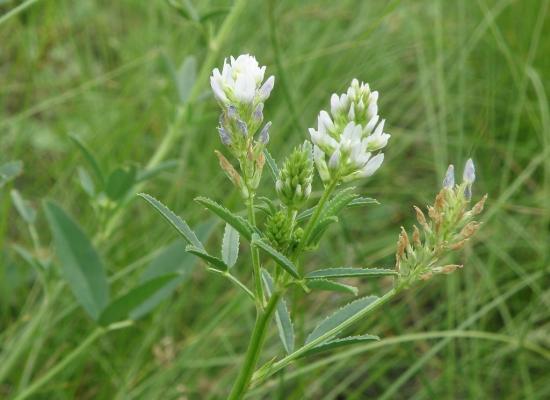
Fenugreek or goat horns - this name stuck with the Germans. Perhaps fenugreek beans are shaped like goat horns. Fenugreek grows up to 60 cm in height.The root is strong, taproot. The leaves, like many legumes, are composed of three rounded leaf blades. The fenugreek stem branches quite well.
The flowers, like most plants from the Legume family, are of the moth type, small, yellowish in color and with a purple base. Fenugreek blooms in the second half of May and blooms for 3 - 4 weeks.
Flowering is accompanied by a pleasant smell. After fenugreek fades, a long and narrow pod appears in place of the flowers. The length of the pod can reach up to 10 cm, and its width is no more than 0.5 cm. Fenugreek seeds are rectangular and hard. They are the ones used for food. In addition to the fact that fenugreek seeds are a fairly common seasoning, the plant, due to its chemical composition, is used as medicinal plant and a medicine called pasenin is even obtained from it.
The chemical composition of fenugreek and its beneficial and medicinal properties
Fenugreek seeds contain a large amount of vegetable protein, which in its amino acid composition is close to protein of animal origin. In 100 g its amount is 23 grams. Fat contains 6 g, and carbohydrates 58 g. In addition, the plant contains many vitamins:
- RR
- A
- group B
- WITH
Included seeds fenugreek and minerals:
- phosphorus
- potassium
- calcium
- copper
- manganese
- zinc
- iron
Also, the medicinal properties of fenugreek are explained by the content of such chemical compounds as steroid saponins:
- tigonin
- yamogenin
- diosgenin
- trillin
- dioscin
Video about fenugreek:
It contains flavonoids - vicenin, isovetexin, homoorienin and vitexin. The chemical composition of fenugreek is supplemented by:
- trigonelline, a substance related to alkaloids
- choline
- ethereal oils
- mucous substances
- alimentary fiber
- bitter substances
This chemical composition allows the plant to be used in official and folk medicine as:
- libido booster for women and men
- to increase potency
- to reduce blood glucose levels in type 1 and type 2 diabetes
- to enhance immune defense and adaptation of the body
According to unconfirmed data, consuming fenugreek helps women become the owners of attractive-sized breasts. Although its milk-producing properties do not require proof. Contraindications for use are some hormonal disorders in women, pregnancy up to the last days, individual intolerance to fenugreek and preparations made from it.
Before starting treatment, you must visit a doctor. The pharmacological industry produces an antidiabetic drug based on an alcohol extract from fenugreek. To use it in folk medicine, you need to properly collect and prepare fenugreek.
Rules for harvesting fenugreek plants for use in folk medicine
Fenugreek seeds can be prepared in the following way:
- wait for most of it to ripen beans
- cut off the above-ground parts of the plant at a distance of about 10 cm from ground level
- spread cloth or paper under the canopy
- loosely arrange the cut green parts of fenugreek
- wait for the pods to dry before they open
- Remove the fenugreek seeds from the shells and dry them in the sun
- store away from moisture
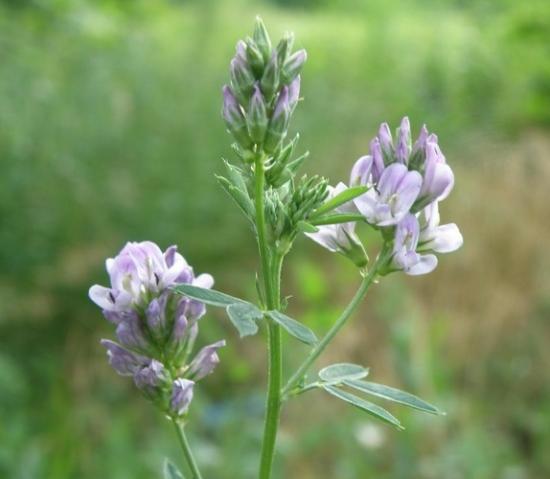
At the end of summer, you can harvest the above-ground parts of fenugreek. They are cut and dried in the shade. Store in a dry place and use in the form of decoctions. Fenugreek seeds and herb are used in folk medicine for:
- constipation
- colds
- abdominal pain in children
- indigestion
- difficult birth
- painful menstruation
- lack of milk in nursing mothers
It should be said that fenugreek can only be found growing wild in the Caucasus Mountains. However, it is not difficult to grow it in a garden plot. The technology for growing fenugreek is no different from growing any legume, peas or beans. In addition to its use in official and folk medicine, herbs and seeds Fenugreek is used as a seasoning for meat and other dishes.

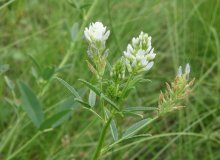
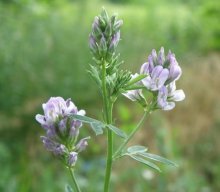
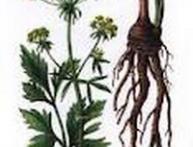
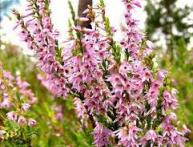
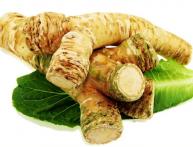
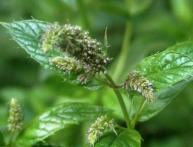
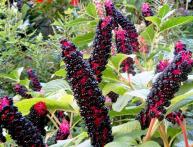
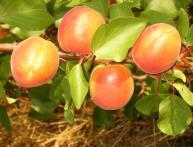
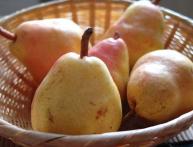
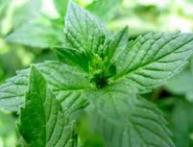
Comments
I discovered fenugreek when I didn’t have enough milk while breastfeeding. My aunt advised me to drink fenugreek infusion. This turned out to be an effective remedy - the amount of milk increased noticeably.
I discovered fenugreek when I didn’t have enough milk while breastfeeding. My aunt advised me to drink fenugreek infusion. This turned out to be an effective remedy - the amount of milk increased noticeably.